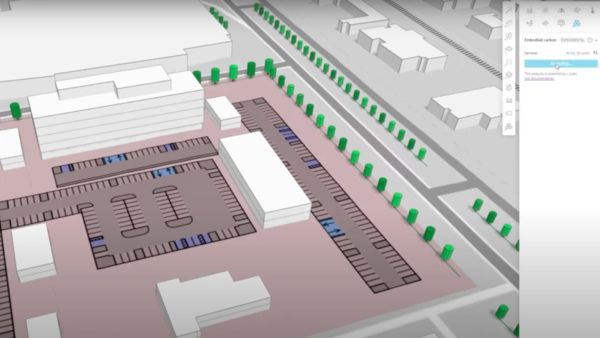
We had been forming and were about to enter the ‘storming’ phase. The challenge was to make sure we didn’t get caught there– Neil Thompson, BIM2050 Group
The new BIM2050 Group has been forming, storming and is already norming. Neil Thompson, principal BIM integrator at Balfour Beatty, explains all.
Building a team is not easy, you have to bring everyone together and cultivate a collaborative environment. The BIM 2050 Group has generated a flexible platform to communicate so that we can move through Tuckman’s stages of group development as quickly as possible.
Psychologist Bruce Tuckman argued that forming a team takes time, and members go through recognisable stages as they change from being collections of strangers to united groups – he called these stages forming, storming, norming, and performing.
We had been forming and were about to enter the “storming” phase. The challenge was to make sure we didn’t get caught there – people sometimes push against the boundaries established in the forming stage and teams can struggle. This is where technology has come to the rescue.
The founding BIM2050 cohort communicated via emails and Google Drive/Docs. Although this seemed efficient at the start (in late 2012), by the time we delivered the BE2050 report in 2014, the medium proved difficult to manage along with the email traffic of our day jobs and personal lives.
So one of my first questions to the new BIM 2050 Group was to see if there was a way to avoid emails. Was there an application out there that could integrate our communication? The answer, from Ryan Tennyson from BIM Technologies, was: “Yes, why don’t we try Slack?” Slack is an integrated communication platform that brings together instant messaging, cloud document storage and many other apps. It’s an excellent tool.
My reason for sharing this with you is that we have gone from “forming” to “norming” pretty fast. The new team is interacting and transferring knowledge daily.
We concluded our first formal meeting on 28 April and it might come as a surprise that we have only met physically as a team once before, which I believe is testament to how technology and social networking can accelerate the “teamification” process.
As a side note, we argued in the Built Environment 2050 report that the rapid forming of teams was a feature of the industry in the future BE2050 report and so it’s great to see the group embrace and internalise the results.
The team members are individuals in their own right and team dynamics may see extroverted people rule the roost. My goal was to open up the Group by asking the team to submit an image in answer to each of the following three questions:
- What is your most common experience of change?
- What is your positive experience of change?
- What is your negative experience of change?
The results have been interesting to say the least. The group has been able to generate a graphical representation of their points of view, enabling them to see through each other’s lenses and level the negatives of team dynamism.
I won’t spoil a blog we have in the pipeline that will discuss the details, but what I will say is that some of the key words/phrases emerging from the images were: real-time change, emerging change, leadership, networks, conflict and ambivalence, storytelling and negative effects of automation.
It is early days for the new cohort. I hope sharing our processes encourages others to think about collaboration and exploring what digital collaboration can do for your team(s).
One of our aims is to surface these technologies, explore their cultural impact and share our findings. Ultimately we want to discover how open innovation can enable construction to innovate faster, maximising the impact of research and development from universities and start-ups through to leading construction firms.
If you are interested in joining our network, find us on Twitter @BIM2050 or contact our communications manager Alex MacLaren: [email protected]















